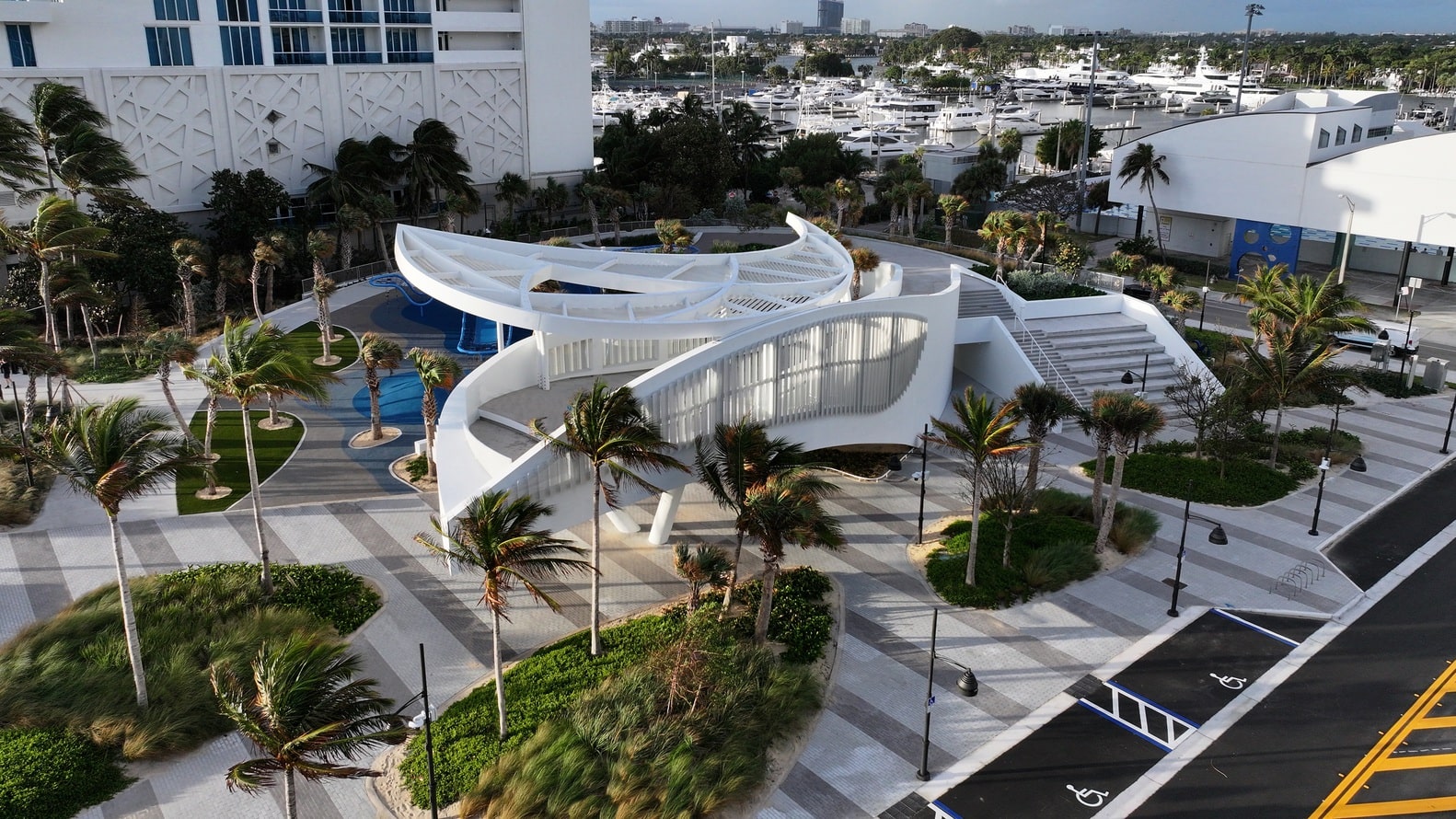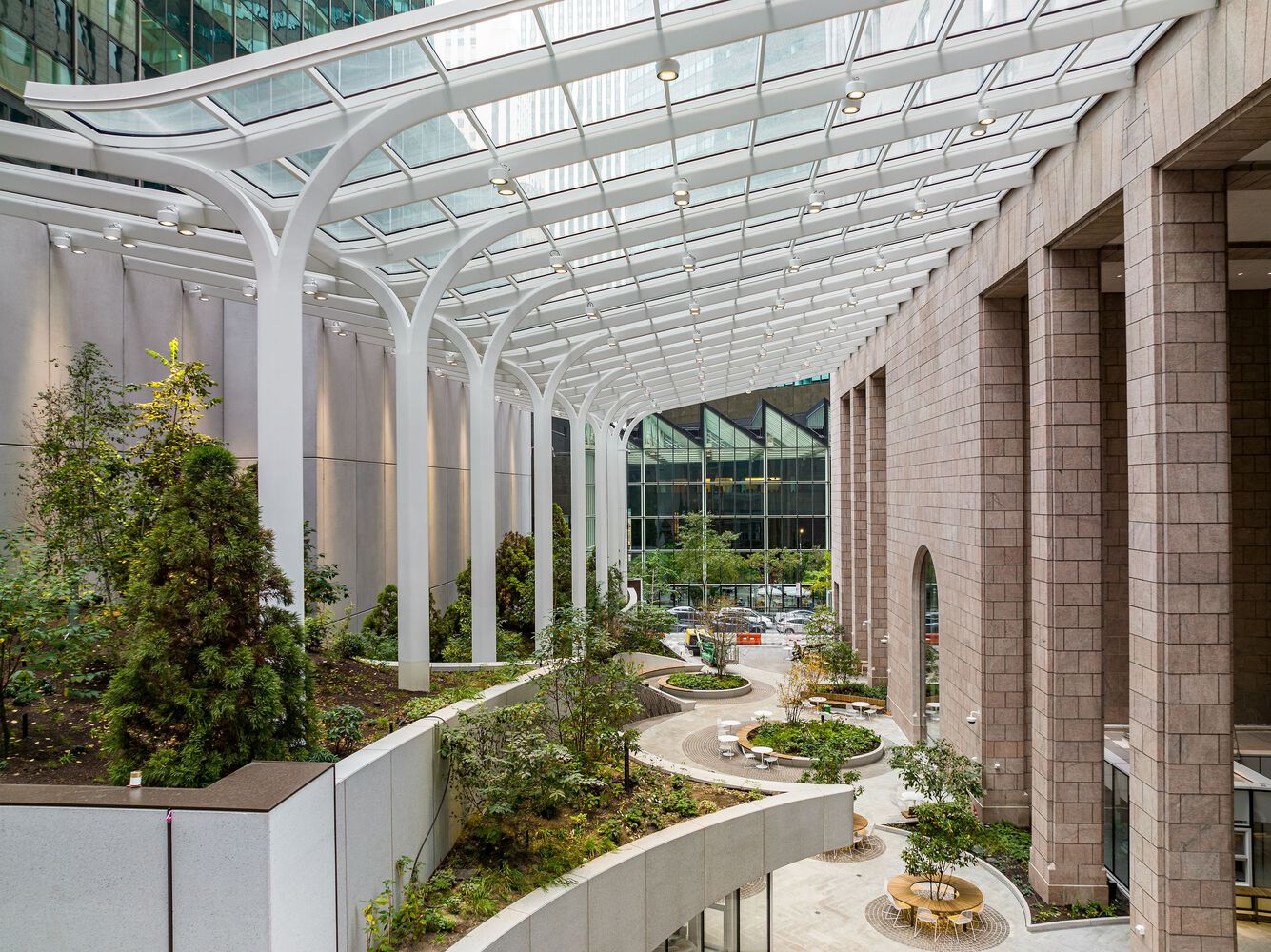- Home
- Articles
- Architectural Portfolio
- Architectral Presentation
- Inspirational Stories
- Architecture News
- Visualization
- BIM Industry
- Facade Design
- Parametric Design
- Career
- Landscape Architecture
- Construction
- Artificial Intelligence
- Sketching
- Design Softwares
- Diagrams
- Writing
- Architectural Tips
- Sustainability
- Courses
- Concept
- Technology
- History & Heritage
- Future of Architecture
- Guides & How-To
- Art & Culture
- Projects
- Interior Design
- Competitions
- Jobs
- Store
- Tools
- More
- Home
- Articles
- Architectural Portfolio
- Architectral Presentation
- Inspirational Stories
- Architecture News
- Visualization
- BIM Industry
- Facade Design
- Parametric Design
- Career
- Landscape Architecture
- Construction
- Artificial Intelligence
- Sketching
- Design Softwares
- Diagrams
- Writing
- Architectural Tips
- Sustainability
- Courses
- Concept
- Technology
- History & Heritage
- Future of Architecture
- Guides & How-To
- Art & Culture
- Projects
- Interior Design
- Competitions
- Jobs
- Store
- Tools
- More
A New Era of Play and Nature: Boulder Park in Ji’nan
Boulder Park is a groundbreaking community space in Ji’nan where technology meets nature. Designed by XISUI Design, the park transforms traditional play with large boulders, a dynamic water garden, and 3D-printed concrete structures that echo natural rock formations. It invites people of all ages to explore, interact, and connect with both each other and the landscape—creating a forward-thinking model for future public parks.
In the heart of Ji’nan’s Yunwan Garden lies Boulder Park, a 13,000-square-meter community space where the ancient strength of stone meets the innovation of contemporary design. Created by XISUI Design, this park introduces a dynamic blend of technology and natural inspiration, offering a rich, multi-generational experience rooted in the symbolic permanence of boulders. Rather than merely decorating the site, these stones shape every corner of the park, becoming central to its layout, purpose, and storytelling.
Table of Contents
ToggleWhere Nature Becomes a Playground
At Boulder Park, large natural rocks aren’t static relics of the landscape—they become interactive elements of exploration. Children can climb and rest on boulders placed over soft sandpits, while stones placed within shallow streams become part of playful water installations. A defining feature is a vast adventure cave, constructed using cutting-edge 3D concrete printing techniques. The result is a sculpted terrain that feels timeless, yet distinctly contemporary.
Set across the park are various zones designed with specific age groups and interactions in mind. At the heart is the All-Age Boulder Playground and Forest Garden, where a wide range of play equipment—swings, climbing tunnels, trampolines, and more—is embedded within the naturalistic environment. These aren’t isolated pieces of equipment; instead, they emerge organically from the topography, surrounded by trees, caves, and textured surfaces. This layout encourages not only physical movement and coordination but also curiosity and cognitive development in natural surroundings.

A Water Garden That Encourages Connection
Adjacent to the playground is the Water Garden, a meandering space designed around shallow creeks and water features that blend seamlessly into the environment. Instead of a single water element, the park offers a network of interactive features—water pumps, pressure turntables, and playful fountains—that invite exploration. These hands-on elements encourage children and adults alike to engage with the landscape, observe the behavior of water, and connect with its sensory rhythms.
By creating this tactile environment, XISUI Design fosters early ecological awareness while making nature feel accessible and enjoyable to the local community. The water garden not only cools the space and supports biodiversity but also becomes a site for learning, laughter, and gentle adventure.

Sculpting with Technology: The Power of 3D Concrete Printing
Boulder Park’s standout innovation lies in its architectural process: 3D concrete printing. This technology allows the creation of seamless, monolithic structures with intricate organic curves that would be difficult or impossible to achieve using traditional construction methods. Using a computer-controlled robotic arm, the design team precisely extrudes semi-solid concrete layer by layer, shaping elements such as tunnels, climbing walls, and caverns with remarkable accuracy.
The result is a layered, rock-like texture that visually resembles natural geological formations. These forms do more than impress—they serve practical purposes too. Smooth contours become seating nooks, gentle slopes evolve into slides, and overhangs transform into handholds or resting spaces. These installations blend functionality with an adventurous spirit, enhancing the user experience while showcasing the creative potential of modern fabrication.

Designed for Safety, Built for Wonder
While Boulder Park embraces adventurous design, safety remains a top priority. All play structures and rock surfaces are finished with soft curves and rounded edges, ensuring that children can roam and climb freely without danger. Each space invites movement, but also provides calm corners for quiet play or family interaction. The integration of speaking tubes and tunnels, for example, adds an auditory dimension to exploration, inviting children to engage with sound and space as part of their experience.
Lead designer Hu Yihao highlights how landscape architecture can benefit even more than buildings from this technological approach. “In landscape projects, outdoor durability, the ability to achieve organic shapes, ease of construction, and labor efficiency are key,” he explains. “3D printing excels in these areas.” The printed concrete used in Boulder Park, with a strength of 50MPa, surpasses conventional structural standards, ensuring both safety and longevity.

A Living Model of Community Design
Boulder Park is more than a place to play—it’s a testament to how thoughtful design, nature, and technology can come together to support community health and imagination. By harmonizing ancient materials with modern fabrication, the project reflects a deep respect for local culture and landscape while looking forward to the future of public space design.
As families wander through winding creeks, climb rock-inspired structures, and gather beneath sculpted canopies, they aren’t just enjoying a day outdoors. They’re participating in a larger vision—one where parks aren’t simply green areas, but active, evolving places for growth, learning, and shared experience.
- 3D concrete printing in architecture
- 3D printed architecture
- 3D printed playground
- architectural play environments
- architecture and play
- architecture for children
- concrete playground design
- creative park architecture
- digital fabrication playground
- futuristic park design
- innovative playground architecture
- landscape architecture innovation
- modern playground structures
- parametric playground design
- playground design ideas
- public space innovation
- sustainable playground materials
- technology in playground design
- urban play spaces
- XISUI Design projects
Submit your architectural projects
Follow these steps for submission your project. Submission FormLatest Posts
DC Alexander Park by Brooks + Scarpa Architects
Explore the redesign of DC Alexander Park by Brooks + Scarpa Architects,...
Suan San Pocket Park by Shma Company Limited
Suan San Pocket Park in Bangkok transforms a derelict riverside site into...
Pazhou South Waterfront Park by SWA Group
SWA Group’s Pazhou South Waterfront Park in Guangzhou revitalizes the Huangpu Chong...
550 Madison Avenue Garden by Snøhetta
Snøhetta’s 550 Madison Avenue Garden transforms Midtown Manhattan with a lush 21,300-square-foot...

































Leave a comment